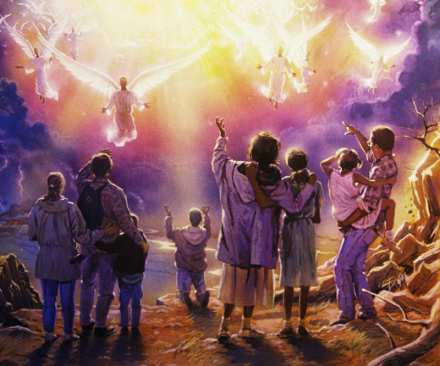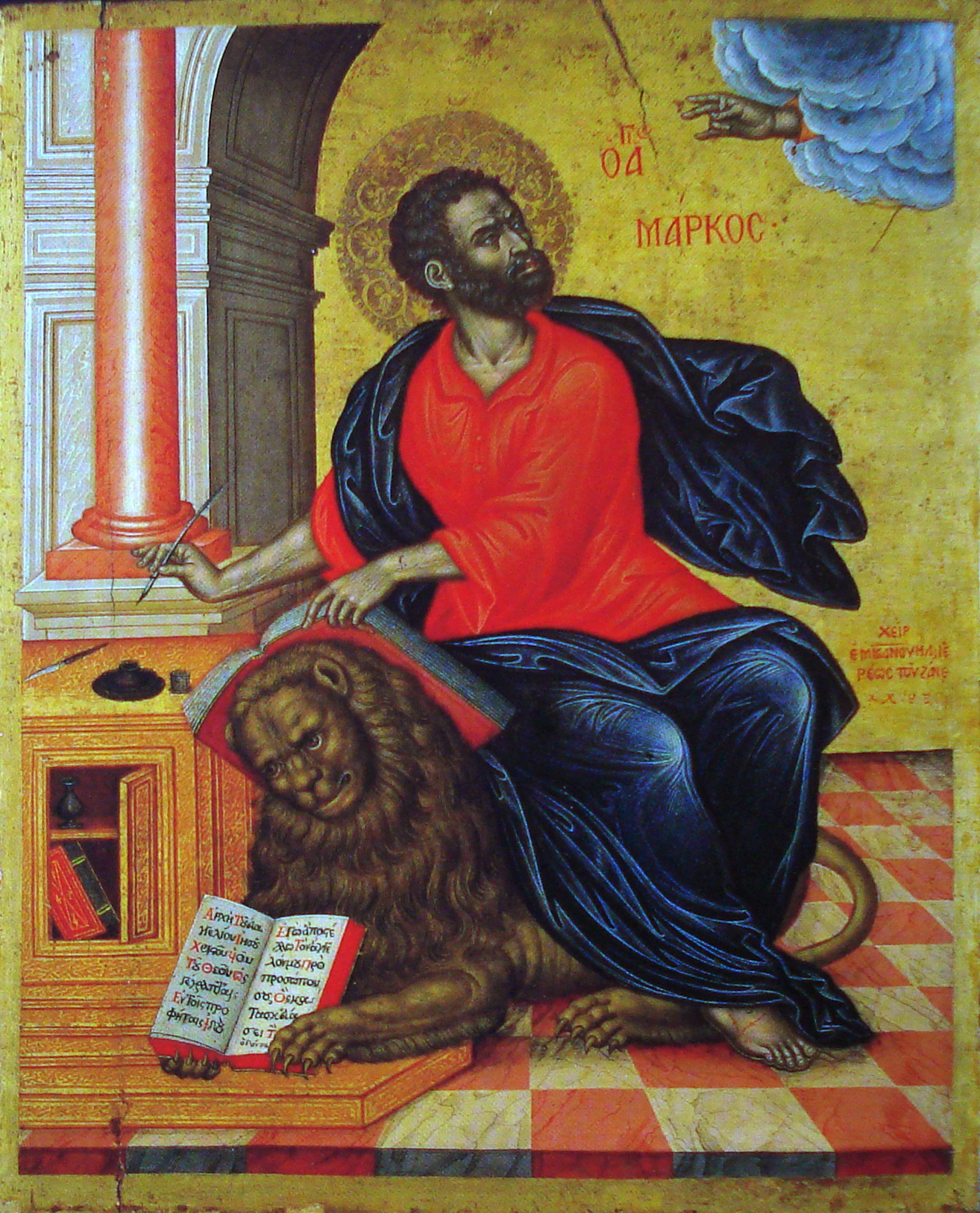Mausoleum Hunt
Sep. 24th, 2024 08:20 pmOn Sunday, Beth and I went to the Open Doors event at the Green-Wood Cemetery, where they open up some of the mausoleums (mausolea?) and provide some information on each one. We've seen the Van Ness-Parsons pyramid many times, as it's very prominent and close to the main entrance.


The guy who had it built was really into Egyptology, which was in vogue at the time, but also mixed in Christian symbolism, which is why Mary and Joseph are accompanying a Sphinx, with Moses and his mother/wet nurse Jochebed over at the left.


The door lists the eight then-known planets and the signs of the zodiac.

It's not the only pyramid there either; we passed another one on the way out, right next to the Hoagland mausoleum, which itself had a Turkish-inspired ceiling.



Many of the people who could afford such monuments were railroad tycoons, with Thomas Durant having been instrumental in the creation of the Transcontinental Railroad. He was also held hostage after not paying his workers. According to the tour guide, the life story inside the building glosses over details like that.


One of the statues inside had its hand broken off when someone touched it.

Magdalena Herrmann, who was buried in a sarcophagus, bought her mausoleum with money that she essentially conned from her employer. She was his maid, and she managed to convince the authorities that he'd left her all of his money.


This was not the first time we went inside the catacombs, but it was the first time that we did so when it was light outside and they let us access the entire hallway.


Peter Schermerhorn's Egyptian Revival monument was built on land that he originally owned, possibly where his barn had been located.

Schermerhorn Street in Brooklyn was named after his sons, but I don't know of any indication that Eric Schermerhorn, who used to play guitar for They Might Be Giants (and also Iggy Pop and David Bowie), is related to them. There were guides for a few other things in the cemetery as well, including Elias Howe's gravesite, which has a poem for his dog's tombstone, while some of his human relatives don't even have their names on theirs.


And he wasn't the only person who apparently commissioned headstones that just said "Mother" or "Father." The Romaine Angel was only recently discovered to be an exact copy of an Italian original, which explains why it's holding a mallet and chisel.

And we heard the story of Charlotte Canda, who died on her seventeenth birthday in 1845. Her monument, which was based on her design, is seventeen feet in both height and length.

Also in the cemetery is the Civic Virtue statue, an allegorical sculpture that people often just saw as a big man trampling on two women.


And we saw this bird just chilling on a rail on the way out.

So that was an informative visit, but it was also very tiring.


The guy who had it built was really into Egyptology, which was in vogue at the time, but also mixed in Christian symbolism, which is why Mary and Joseph are accompanying a Sphinx, with Moses and his mother/wet nurse Jochebed over at the left.


The door lists the eight then-known planets and the signs of the zodiac.

It's not the only pyramid there either; we passed another one on the way out, right next to the Hoagland mausoleum, which itself had a Turkish-inspired ceiling.



Many of the people who could afford such monuments were railroad tycoons, with Thomas Durant having been instrumental in the creation of the Transcontinental Railroad. He was also held hostage after not paying his workers. According to the tour guide, the life story inside the building glosses over details like that.


One of the statues inside had its hand broken off when someone touched it.

Magdalena Herrmann, who was buried in a sarcophagus, bought her mausoleum with money that she essentially conned from her employer. She was his maid, and she managed to convince the authorities that he'd left her all of his money.


This was not the first time we went inside the catacombs, but it was the first time that we did so when it was light outside and they let us access the entire hallway.


Peter Schermerhorn's Egyptian Revival monument was built on land that he originally owned, possibly where his barn had been located.

Schermerhorn Street in Brooklyn was named after his sons, but I don't know of any indication that Eric Schermerhorn, who used to play guitar for They Might Be Giants (and also Iggy Pop and David Bowie), is related to them. There were guides for a few other things in the cemetery as well, including Elias Howe's gravesite, which has a poem for his dog's tombstone, while some of his human relatives don't even have their names on theirs.


And he wasn't the only person who apparently commissioned headstones that just said "Mother" or "Father." The Romaine Angel was only recently discovered to be an exact copy of an Italian original, which explains why it's holding a mallet and chisel.

And we heard the story of Charlotte Canda, who died on her seventeenth birthday in 1845. Her monument, which was based on her design, is seventeen feet in both height and length.

Also in the cemetery is the Civic Virtue statue, an allegorical sculpture that people often just saw as a big man trampling on two women.


And we saw this bird just chilling on a rail on the way out.

So that was an informative visit, but it was also very tiring.





































































































